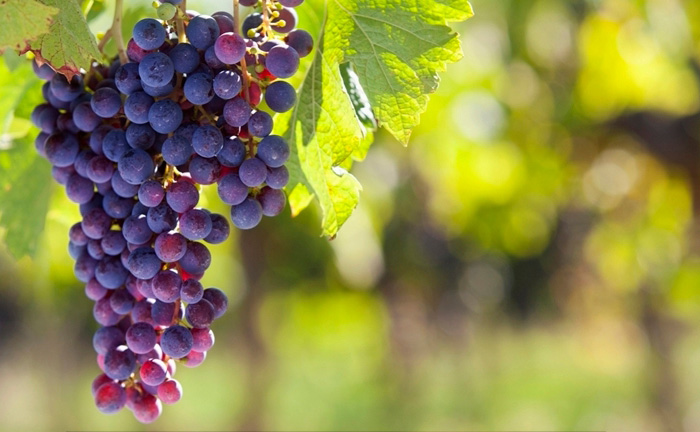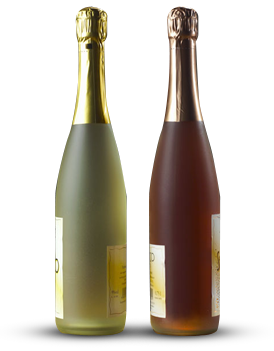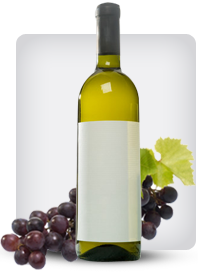

Tag: Practices
Sustainable Winemaking Practices Guide
Posted onIntroduction
As the global demand for wine continues to grow, so does the need for sustainable winemaking practices. Sustainable viticulture and winemaking not only help preserve the environment but also improve wine quality, reduce costs, and enhance brand reputation. This guide explores key sustainable practices that wineries can adopt to minimize their ecological footprint while maintaining high production standards.
1. Sustainable Vineyard Management
Organic & Biodynamic Farming
avoids synthetic pesticides and fertilizers, relying instead on natural alternatives like compost and cover crops.
takes a holistic approach, treating the vineyard as a self-sustaining ecosystem, often following lunar cycles for planting and harvesting.
Water Conservation
– Implement drip irrigation to reduce water waste.
– Use rainwater harvesting and soil moisture sensors to optimize irrigation.
– Plant drought-resistant grape varieties to minimize water dependency.
Soil Health & Biodiversity
– Practice cover cropping to prevent erosion and improve soil fertility.
– Encourage beneficial insects and natural predators to reduce pesticide use.
– Rotate crops and use organic compost to maintain nutrient-rich soil.
2. Energy Efficiency in the Winery
Renewable Energy Sources
– Install solar panels or wind turbines to power winery operations.
– Use biomass energy from grape pomace and other organic waste.
Energy-Saving Techniques
– Optimize temperature control in fermentation and storage with insulated tanks.
– Switch to LED lighting and energy-efficient cooling systems.
3. Waste Reduction & Recycling
Grape Waste Utilization
– Repurpose grape pomace (skins, seeds, stems) for compost, animal feed, or biofuel.
– Extract tartaric acid and grape seed oil for commercial use.
Packaging Innovations
– Use lightweight glass bottles or recycled materials to reduce carbon footprint.
– Explore biodegradable corks and eco-friendly labels.
– Encourage bulk wine shipments to minimize packaging waste.
4. Carbon Footprint Reduction
Sustainable Transportation
– Source grapes and materials locally to reduce transport emissions.
– Use electric or hybrid vehicles for distribution.
Carbon Offsetting
– Partner with reforestation programs or invest in carbon credit initiatives.
5. Certification & Consumer Engagement
Sustainability Certifications
– Obtain certifications like ISO 14001, Fair Trade, Demeter (Biodynamic), or Sustainable Winegrowing (SWNZ, CSWA) to validate eco-friendly practices.
Transparent Marketing
– Educate consumers about sustainability efforts through eco-labels and storytelling.
– Promote wine tourism with vineyard tours highlighting green initiatives.
Conclusion
Sustainable winemaking is no longer optional—it’s a necessity for the future of the industry. By adopting eco-friendly vineyard practices, reducing energy consumption, minimizing waste, and engaging consumers, wineries can produce exceptional wines while protecting the planet. The transition to sustainability may require investment, but the long-term benefits for the environment, business, and wine quality make it a worthy endeavor.
Would you like additional details on any specific aspect of sustainable winemaking?
popular posts
-

Cabernet Sauvignon vs
12-02 2025Merlot: A Taste Comparison Two names stand as titans in the world of red wine: Cabernet Sauvignon and Merlot. Both are foundational Bordeaux varieties, Read More
-

Organic Pinot Noir from New Zealand: A New World Expression of Elegance New Zealand, a land renowned for its breathtaking landscapes and pristine environment, has carved out a formidable reputation in the world of wine
12-01 2025While Sauvignon Blanc from Marlborough remains its global calling card, a quiet revolution has been unfolding in the country’s cooler regions. Here, Pinot Noir—the Read More

